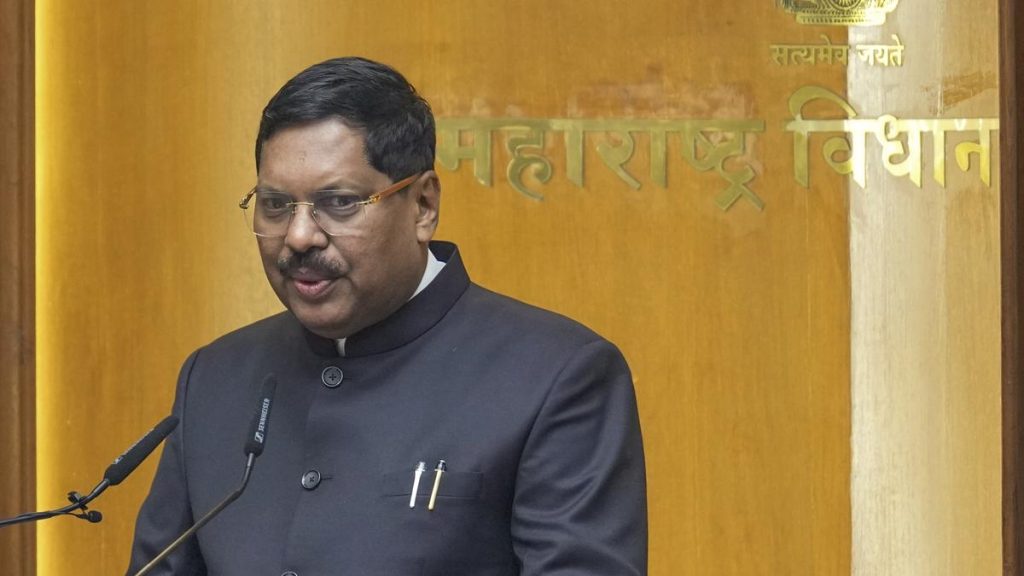Now Reading: Prahlada’s Devotion: A Timeless Tale of Bhakti
-
01
Prahlada’s Devotion: A Timeless Tale of Bhakti
Prahlada’s Devotion: A Timeless Tale of Bhakti

Quick summary
- Prahlada, a young boy, was taught lessons by his instructors in alignment with the asura outlook, but he stayed true to teachings received in his mother’s womb from Narada.
- He identified nine aspects of devotion (bhakti) as the highest education: shravanam (hearing about Vishnu), kirtanam (singing about Him), smaranam (remembering Him), padasevanam (serving Him), archanam (worshipping Him), vandanam (saluting Him), dasyam (being His servant), sakhyam (being His comrade), and atmanivedhanam (total surrender).
- Hiranyakasipu opposed Prahlada’s faith in Vishnu, asserting himself as the supreme being.
- When challenged on his claim that Vishnu was present everywhere, including a pillar, Prahlada affirmed it. Vishnu appeared from the pillar in the avatar of Nrisimha to protect Prahlada and prove His omnipresence.
Indian Opinion Analysis
The story highlights timeless values of faith and devotion through Prahlada’s unwavering commitment to bhakti principles despite external pressures. In an educational context, it underscores how spiritual learning can align with moral development beyond conventional frameworks. For India-a country deeply rooted in religious diversity-the narrative provides an introspection point on balancing tradition with modern pedagogy while fostering inclusivity for varied beliefs.the incident also illustrates resilience against oppression and the idea that moral conviction can inspire divine intervention or support. As such stories permeate cultural consciousness even today, their relevance persists across generations both within India and globally.






















